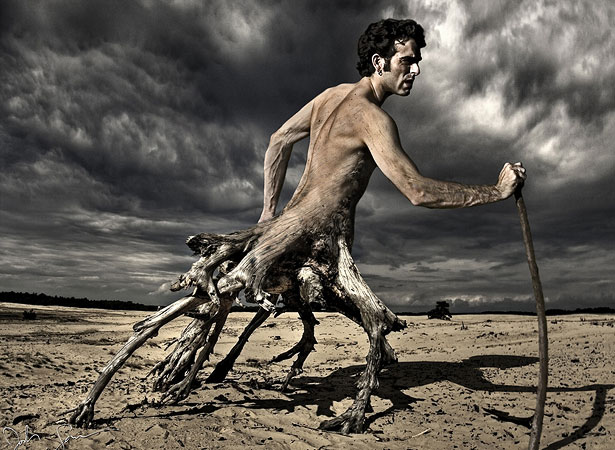From being able to take a photograph in Outer Mongolia and almost instantaneously share it with family and friends back home, to being able to store thousands of images in one convenient digital location, the internet, and the advent of digital photography, has changed the face of photography, forever. Apart from photography, posting in websites and building websites also becoming so much easier with ecommerce software available online.
Quality cameras are less expensive and more accessible

The ‘art’ of photography was once confined to the likes of David Bailey and Annie Leibovitz, professional photographers with sophisticated cameras and lenses, whose images were viewed in admiration by thousands. However, in the digital era we are now fully engrossed in, kids as young as ten are roaming the streets with mobile phones equipped with highly sophisticated and quality cameras, producing pictures that the professionals of yesterday would have been proud of.
From owning a top-notch camera existing inside a smart phone that is on a contract to snapping up a quality digital camera for less than a £100, little financial outlay is required to own quality cameras in the digital era. These high resolution digital cameras provide users with quality images that would have been ‘unachievable’ for such a low price prior to the digital ‘boom’, meaning that photography is now more accessible to the masses.
Social media and ‘convenient art’

The advent and phenomenal popularity and growth of social media has created a whole new meaning to the practise of sharing photographs. With photos getting posted to a potentially worldwide audience, amateur photographs can now find themselves with an escalating queue of online fans eager to see what pictures they are going to post today!
In fact, according to the Telegraph, Facebook has become one of the biggest photo ‘depots’ in the world, where, in 2010, members had uploaded more than 20 billion pictures on to the popular social networking site. Similarly Twitter is now a popular and important repository for sharing photos. Not only can users upload and post photos so that their contacts can keep up to date with their ‘news in images’, but Twitter is also proving to be an important place to post groundbreaking images into the public realm, such as the first images of the US Airways plane crashing into the Hudson River in 2009.
Unlike photography of ‘yesterday’, in which getting images noticed and admired to anybody that expanded close-knit circles of family and friends was a ‘luxury’ of professional photographs, the photography of ‘today’, means that as long as we have a semi-decent digital camera and access to the internet, we can all be modern David Baileys!
Marketing for photographers
At the end of the twentieth century a new marketing terrain was created with the advent of the internet, which radically transformed the advertising industry. Whilst companies, PRs, sellers, entrepreneurs and services previously had to rely on newspapers, magazines, billboards, shop windows and ‘word of mouth’ to advertise, at the turn of the century savvy marketers realised the most efficient form of marketing occurred on the World Wide Web. With literally thousands of images getting added to internet daily, photographers are having to use knowledge and tenacity if they want their images to be found with quickness and ease. Linking images with SEO content is one way savvy photographers will have their photos found with just a quick Google search. From an SEO company London to social networking agencies designed to enhance Google rankings, the internet has opened unique and novel opportunities for photographers to get their photos seen, appreciated and admired.
Photographic manipulation

In contrast to spending hours in a dark room soaking photographic paper in a sepia toner to give a black and white photo a ‘warmer’ tone, with a few swipes of the keys and clicks of the mouse, photo manipulation can be carried out online almost instantly. There are literally hundreds of photo manipulation websites and apps that enable users to edit images, apply effects and enhance the look of a photo simply and effectively.
In having easier access to photo manipulation tools and techniques for less of an expense and often even for free, creativity within the realms of photography has naturally be enhanced. Not only this, but as photographers, whether they are professional, amateur of just budding, in trawling through a potentially limitless amount of photos, they can draw inspiration from others. As Pixel Tango asserts:
“As a computer graphic artist working with photo-manipulators you can get inspiration by looking at other’s work.”
Author – Evelyn Tate


